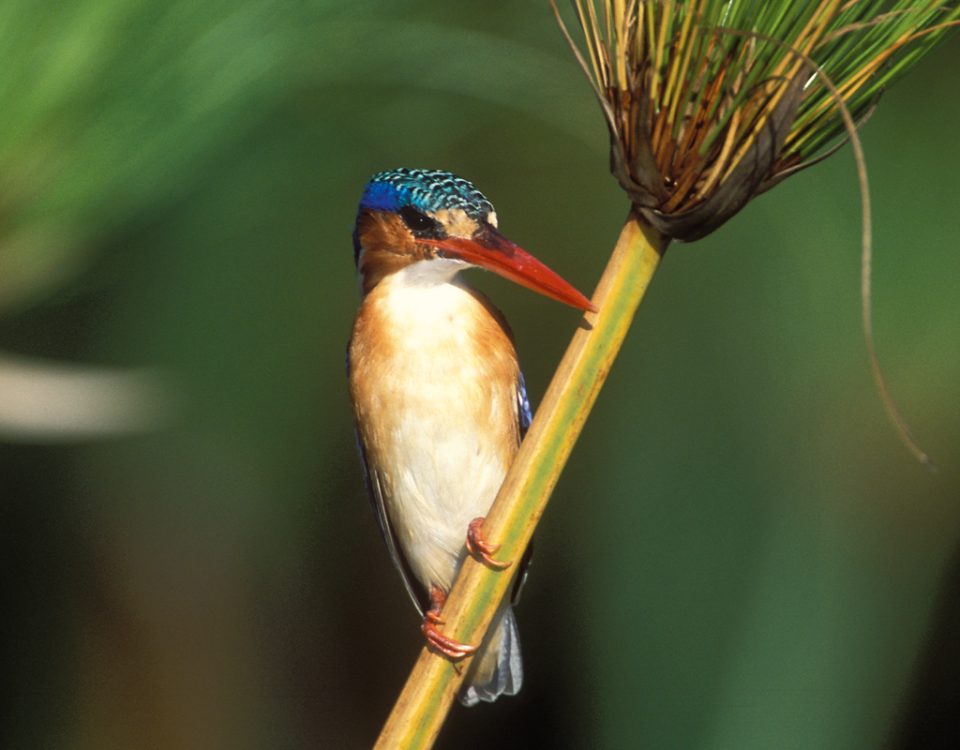[vc_row][vc_column][vc_column_text]
News Adventure Books Conservation Culture Destinations Flora Photography Seasons Things to Do
[/vc_column_text]
July 13, 2018
If there were a lion behind every second bush, or a leopard in every tree, would they be so special? Would photographers want to shoot them (to protect them), would photographers drive off-road or into a no-entry road to get a better angle on their million dollar picture? I have in fact seen people drive all over each other to get a closer look at a lion, to get to the front of the scene of the crime. Imagine, for a lion! Luckily no photographer will ever do that. The point I want to make about starlings is that they are too common. Most of the starlings have a metallic sheen flashing back when the sun touches their feathers, but unfortunately they are not so special because they are just too common. This might be where this terrible word is coming from: ‘common’, like too many seen too often. Possibly it is also because they are robust and gregarious. Let’s rather call them plebeian.
April 25, 2018
Cranes are universally regarded as symbols of peace and good luck. There are 15 species worldwide, with the bulk of the Blue Crane population found in South Africa. A small outlying population in Namibia is described as being among the most mysterious of all cranes.
April 25, 2018
Birding on the Chobe floodplains is like falling into a big bowl of ice-cream, without the negative side effects of eating too much of it. Being a boatman for a bird watcher or bird photographer must be exhausting. Stopping every few metres for yet another bird. Imagine how tiring it must be for the photographer!
July 4, 2017
Contrary to popular belief, storks do deliver babies to new parents. The only inaccuracy in the myth is that while it was initially thought that only White Storks were involved in this malpractice, it is now a well-known that, in fact, there are also other species in Namibia that take part in this activity.
May 19, 2017
When the storms of summer are but a sweet memory, the Namibian winter offers new and different opportunities and experiences.
May 15, 2017
If you ever thought endangered species have problems, you ain't seen nothing yet (if this sounds American, well it is as big as the U.S.A Trump card). We are indeed in the process of cutting off the wings of these birds, and no, we are not talking Penguins.
February 6, 2017
One flew east, one flew west, one flew over the cuckoo's nest...
October 14, 2016
On 22 August, give or take a day or two, the carmines arrive in their thousands to do their annual breeding thing at Kalizo. With great expectation and anticipation, Kalizo is on fire for this incredible happening every year. However, like in-laws, their departure is not that predictable, taking place from early November until late December.
August 30, 2016
Of all the bird species this is probably the one that even the most novice bird watcher can identify. Firstly, the type of species that you are looking at is a goose/duck/teal, and secondly, to differentiate between the various species is rather easy. To say that for me it is not a problem to identify them might sound a bit blasé after 35 years of birding, so I would rather say even my son Ian can make the correct diagnoses. Going into the gory detail about their habitat in and around water, it is not rocket science that they have a funny looking flat bill and funny looking webbed feet.
August 22, 2016
These master builders live in northern Namibia from Rundu in the west to the Zambezi Region in the east around marshes, rivers and dams with thick grass and reed beds and papyrus (Cyperus papyrus).
August 11, 2016
There are 90 species of kingfishers in the world, ranging in size from the large Australian Kookaburras, weighing nearly half a kilogram, to the minuscule African Dwarf Kingfisher, which weighs only nine grams, and our own African Pygmy Kingfisher tipping the scales at only 14 grams. Nine of a possible 16 kingfishers occurring in Africa are found in Namibia.
August 3, 2016
People often ask what our favourite birding spot is. I would rate the Bwabwata National Park situated along the Kwando River in the Zambezi Region among the top birding spots in Namibia, probably in the same league as Mahango and Impalila Island. After each birding trip we do our usual ‘saw’ list, and after Bwabwata we soon realised that, as far as birding is concerned, the park is a quantity and quality birding area par excellence. After 40 odd years as a bird-watcher and still seeing new bird species in a place I’ve visited regularly, is truly exceptional.
July 26, 2016
Once you’re in Lüderitz, please don’t become too carried away by the beautiful Art Nouveau and German-Imperial style buildings, because then you’ll definitely run out of time. Our trip along the peninsula south of Lüderitz proved to be most fruitful, with our first sighting being a lonely Greater Flamingo wading along the edge of the Radford Bay lagoon.
July 19, 2016
Once you’re hooked on owl watching, you’ll never look back, unless you’re a pearl spotted owlet with a separate set of ‘eyes’ at the back of your head, or a marsh owl, which always look back over its shoulder after take off. Although owls are relatively common, very few people have ever actually seen one.
July 5, 2016
Roadside birding is obviously about big birds. So contrary to what people say, size does make a difference. Depending on your financial status, you will most probably spend more than 25% of your time in Namibia on the road, keeping in mind that Namibia is vast and distances are extensive. So you might as well enjoy your time on the road and do some serious bird watching.














